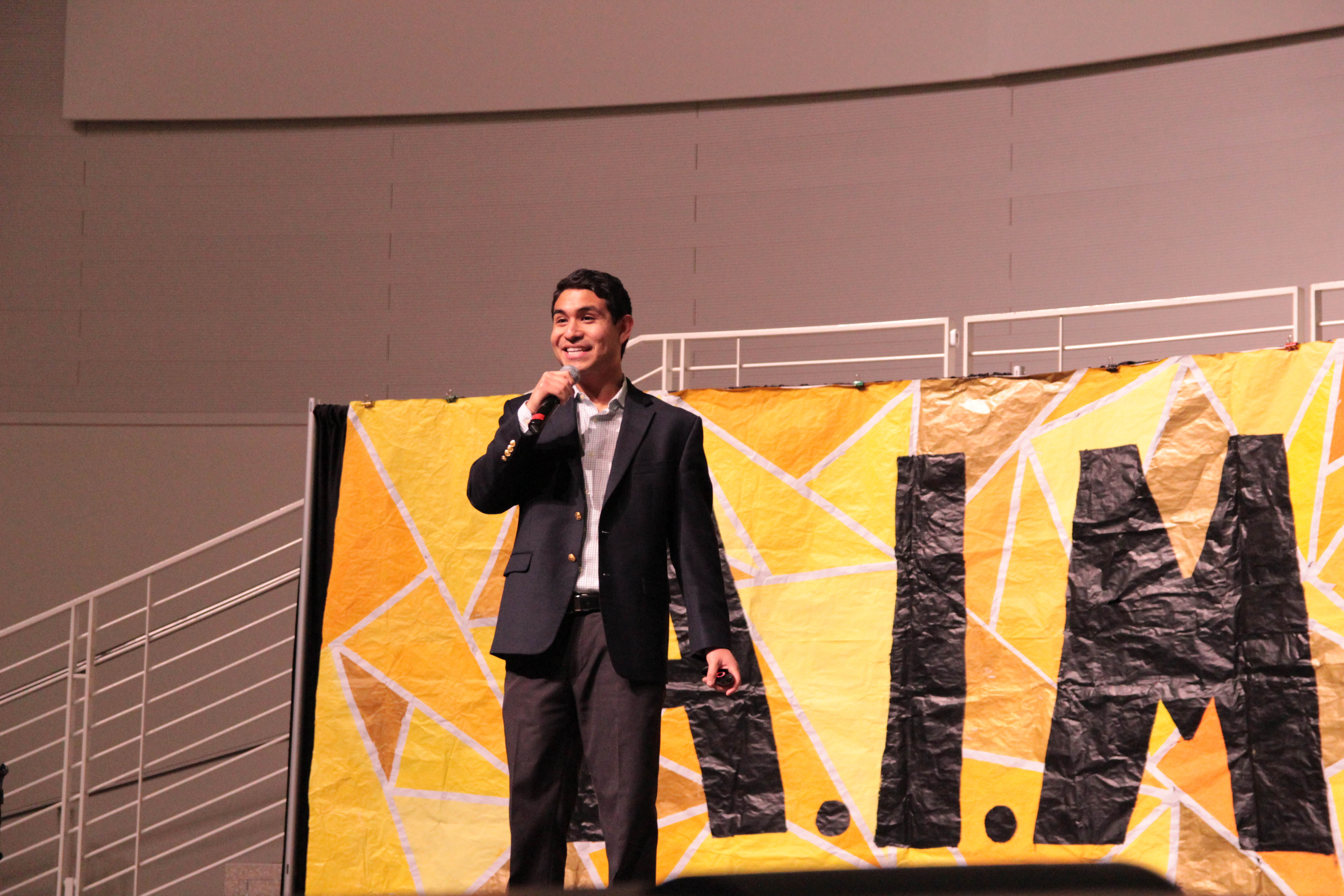As a new user of the Chinese platform TikTok, I’ve laughed many times the past few days. The first time I heard of TikTok was in 2019. When my best friend from Stanford mentioned it. His teenage cousins were having fun cracking up every single time. I was curious! Since the beginning of this year, several cousins and friends in their 20s have started using it. Today, TikTok has 800 million active users. Impressive! Even though I only follow a few people, I spend time singing and watching my friends sing & dance — equally important, I spend time laughing at myself and my friends. It is an entertaining platform — especially for the Generation Z.
To be honest, in the beginning, I was skeptical of recording my first video. By no means I am an actor or dancer. However, seeing other friends doing it helped me gain confidence. During these unprecedented times of the pandemic, it is important to maintain a positive mindset through it all.
Most importantly, I have been intrigued by the TikTok algorithm given that the vast majority of people I see on my “For You” page seem to be fit, slim, and people wearing make up. Rarely, I find people of color or other minorities. I wonder how we can create awareness of the importance of inclusion & diversity when it comes to voicing equality in technologies used by the Generation Z. If we are not intentional in hiring and retaining a diverse team of people, it will be hard building products and algorithms that are inclusive and egalitarian. We have to be intentional in making sure engineering teams of social media companies are diverse in order to promote a sense of belonging and equity in our community.
Moving on, writing this blog reminds me of Apple’s Siri. My Peruvian relatives struggle to communicate with Siri because of their accent. There were many reasons that inspired me to write a book about belonging, diversity, and inclusion. One of them is to share the best practices that several companies are doing to build a culture of belonging in the workplace. Especially, now, the younger generation has high levels of mental health problems. I’m curious to see how organizations prepare to hire and retain employees with mental health issues. My next blog will be about this!

